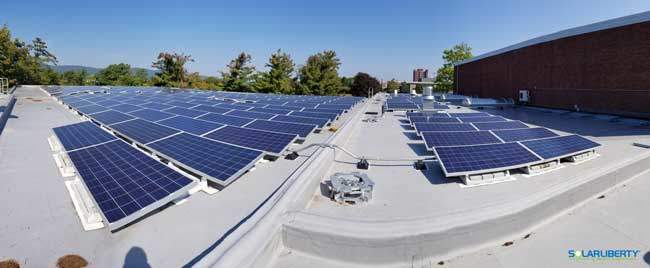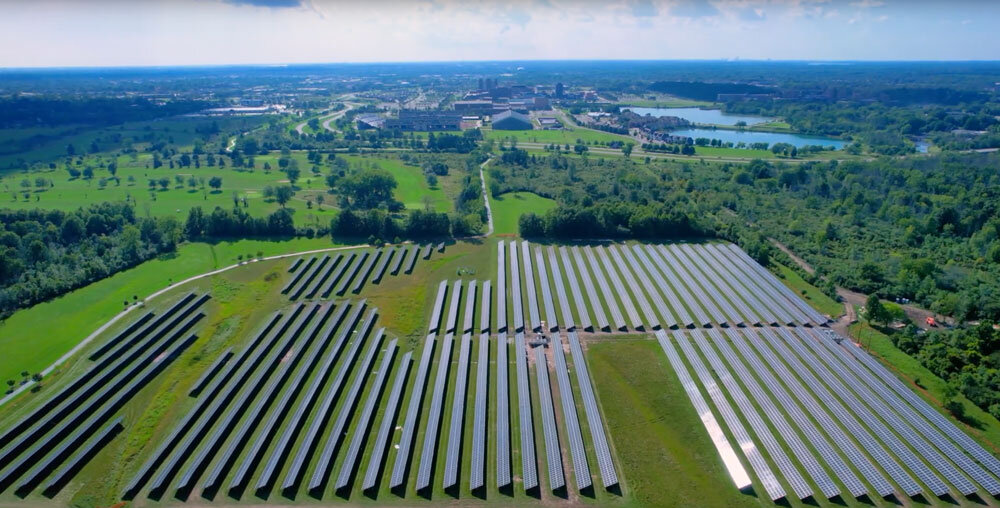Battery Storage Technologies

energycioinsights.com
Charles A. Freni
November, 2018
Since the earliest days in the development of the modern electric system, energy production has had to match demand. Other than pumped storage with very limited siting and sizing options, no feasible economic method for storing bulk electric energy for later use has ever been created. Until now – perhaps.
Today’s battery technology has the potential to change these limitations–and become a transformative technology that provides significant public benefits. Batteries are envisioned to enable the adoption of new technologies that offer clearer energy sources and enhanced system resiliency. They can facilitate broader integration of intermittent renewable resources and support the distribution system in delivering energy more reliably to customers. They can even allow for new rate structures to facilitate demand response, hourly pricing and more cost-reflective rate designs. But is mass energy storage ready for adoption now?
Large-scale battery development is in its nascent stages. While advances in storage are encouraging, technology and production cycles are still evolving. A major concern is the high cost of storage today, as compared to other technologies, and how that will impact end users, i.e. our customers.
This is why prescriptive goals and policies are not the most effective way to advance the use of energy storage. Under New York’s groundbreaking Renewing the Energy Vision (REV) initiative, the methods to attain public policy goals were to be technologically agnostic. To set arbitrary goals now, for example with battery storage, does not follow this fundamental premise, and risks higher customers costs and improper deployment. The market must be allowed to develop and evolve in order to offer cost-effective and technically capable solutions that provide value to customers and enhance the operation of the electric system.
For energy storage to reach its full potential, costs must be reduced substantially and test cases developed to determine how best to adopt storage on a wider scale. Sound policies must consider how to provide customers with cost and system benefits, while allowing for flexibility as the markets and technologies evolve.
We are working in collaboration with the New York State Public Service Commission, the New York State Energy Research and Development Authority and the other New York utilities to develop the New York State Energy Storage Road Map, an initiative to identify the appropriate policies, regulations and initiatives for battery development in the state; and also with the New York Independent System Operator as it develops the market rules for integrating battery storage.
In the meantime, pilot projects offer opportunities to test storage technologies in real-world applications. We recently partnered with New York Power Authority, NYSERDA and the Electric Power Research Institute to test battery and solar technologies on the campus of the State University at New Paltz, N.Y. Under the initiative, solar arrays paired with a 200 kilowatt-hour battery storage system were installed to assess smart inverter grid support functions and create a microgram to provide emergency power for the campus gymnasium, which also serves as a college and community shelter. The research for this project is ongoing, but is an example of the type of public-provide partnership that can provide needed experience with battery storage to help to cost effectively and responsibly advance this important technology.
The energy grid is transitioning, and customer expectations are rising. Sources of renewable energy are growing, higher levels of distributed generation are being deployed and customers are demanding cleaner, more reliable and lower-cost energy. Battery storage has the potential to help deliver these attributes, but only when the economics and technically capabilities are thoroughly demonstrated.
https://www.energycioinsights.com/magazines/November2018/Battery_and_EnergyStorage/




